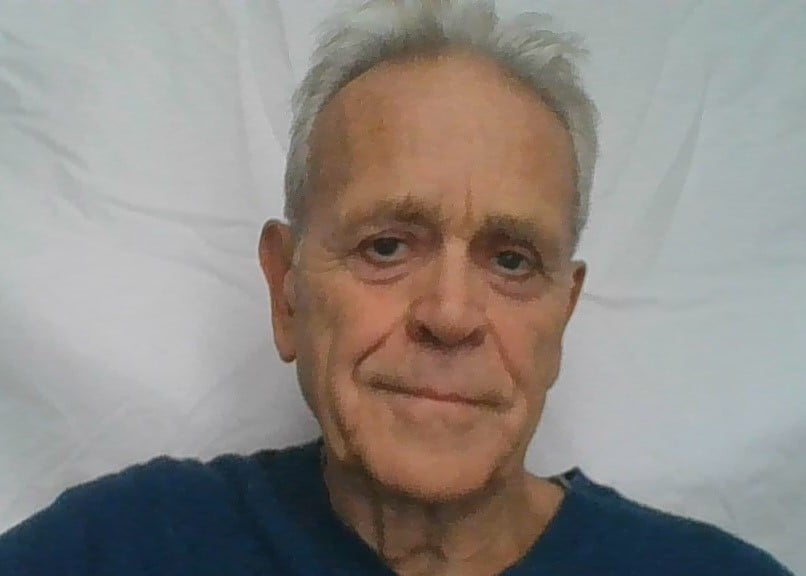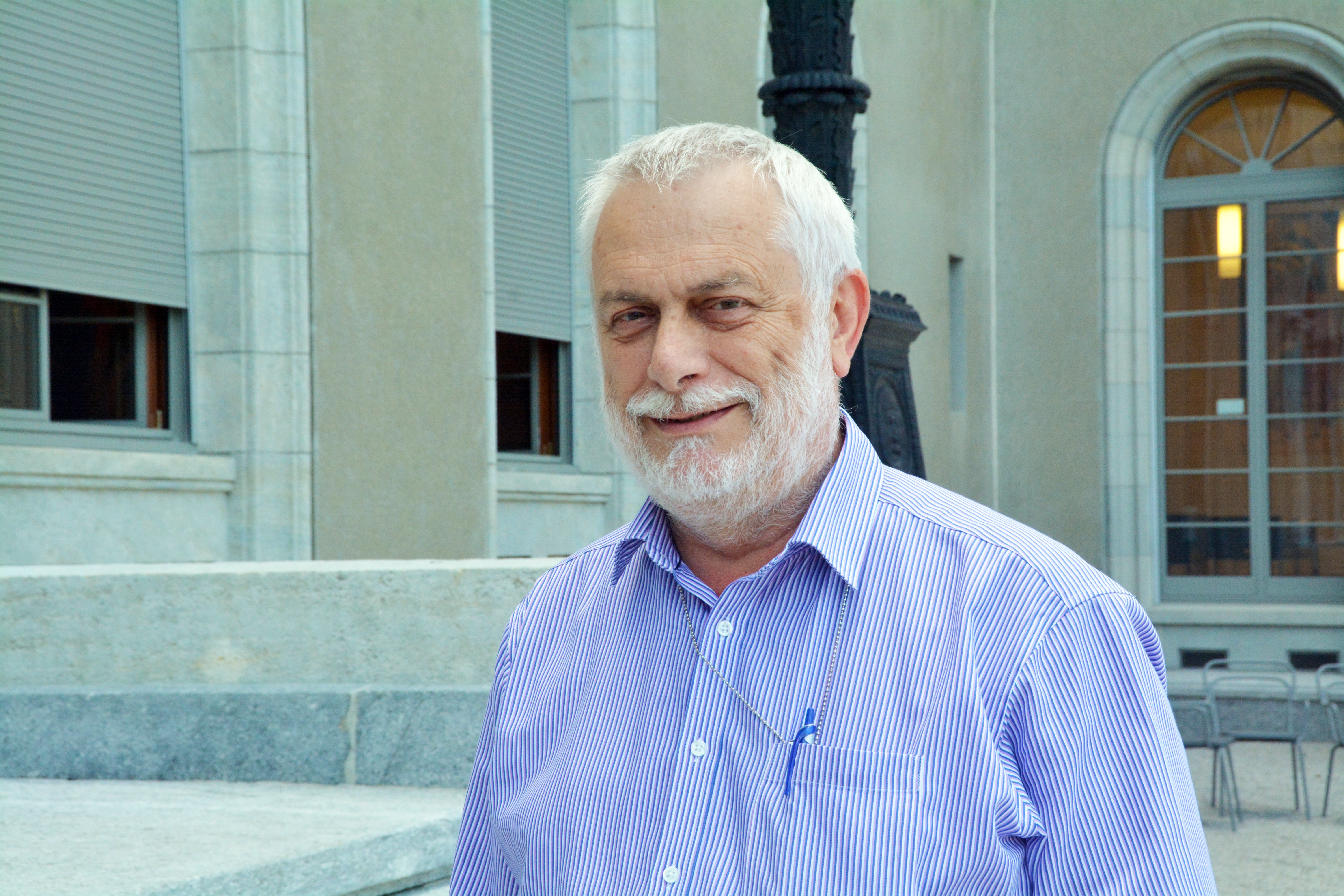

Captains of the Translation Industry Talk About the Single Biggest Thing They've Learnt
TAUS spoke with Josep Bonet, Director of the Language, Documentation and Information Management Division of the World Trade Organization (WTO).
At the core of the conversation lies this question: ‘What is the single biggest lesson that you have learnt about the translation industry?’’
Josep Bonet: The single biggest lesson I have learnt in nearly 30 years of working in the world of institutional translation is that the constant factor is change. That may seem obvious to many, but the institutional mindset is very different to that found in the commercial sector. Yet despite the deep-grained conservatism of the administrations I have known, it must be said that professional life today for translators and their managers is in a state of permanent mutation.
To capture this in an image, my first office in a European Commission (EC) translation unit was equipped with a simple Dictaphone (yes, we would dictate a first version and a steno-typist would produce the hard copy), whereas today I am actively working on neural machine translation as a solution with other international organizations in Geneva.
So my takeaway is that unless you keep moving ahead you will be overcome by events and find yourself left behind on the beach. Some organizations are, of course, still deeply conservative, and they are now facing problems as they have failed to move with the times. The secret is to keep an eye on events outside of the institution, and become agile enough to adapt.
TAUS: What kind of changes have been most revolutionary for you?
Josep Bonet: When I was at the EC Directorate-General for Translation (DGT), a key moment of sweeping change was the massive introduction of translation memories (TMs) in the early 1990s. In fact, we were not an early adopter, but we started looking at the use of TMs and experimenting with it.
However, the professional translators we worked with at that time reacted strongly against this new technology, largely because they encountered almost “philosophical” problems about the paradigm shift of having to start thinking in terms of segments or sentences, instead of in whole paragraphs or texts as was their custom.
The big change came in fact with the accession of new countries to the EU (already noticeable for Spain and Portugal in 1986, but dramatic for the big expansion of 2004), which generated an influx of new and much younger translators who willingly adopted the use of TMs. As a result, we moved from small increases in productivity to quite far-reaching results. This in turn was an essential step forward, as a shift in external conditions meant that we had to boost productivity with fewer human resources. This was only possible by using a technology solution. But the arrival of younger translators was critical to this change.
Interestingly, some 30 years later, I’m already confronting a similar situation at the WTO, where we are expected to be more productive and meet our needs and resources better. However, we cannot get there yet because there are bottlenecks in the process, and translation technology is certainly the main component of the solution, as is common today in any workflow.
TAUS: How did the EC as an institution react to the arrival of Machine Translation?
Josep Bonet: It’s good to note that at the EC we were using Systran for many years before most of the commercial sector started using MT. Back since the 1970s, and especially in the 1990s, we used it for about 15 language combinations. But in-house translators didn't like using the MT output, so the technology was mainly used for producing gists for EC partner organizations.
And there were, once again, two exceptions to this general rejection of the technology: Namely the new generation of young Spanish and Portuguese translators who were happy to deploy MT when working from French and English originals, and they became regular users. We found that some Spanish and Portuguese units were systematically preprocessing all incoming documents with MT and then post-editing the output.
Due to commercial agreements, we eventually had to stop using Systran, but in the meantime Google had started its online Translate service, and this was instrumental in changing our approach at the EC. I personally tried to push further to develop MT inside the DGT, but the standard answer was that MT was not in our remit. But Google changed everybody's perspective from funnies collected from MT translations to quick and rather reliable translations. My colleagues and I advocated for a Google-like service and we developed our own MT system. And for several years I talked publicly about MT as a solution for our customers - but not for our translators. We saw it as a useful end-user tool.
In the end, after convincing the budget people to fund a multimillion-euro MT program, we found that translators – not customers - finally wanted MT, depending on the language. The results were not all good, but many translators were extremely interested in the solution and kept pushing for it.
So, more constant change. The EC translation services are now looking at neural MT which is ushering in the next revolution in MT availability and quality. But for me, the most interesting thing is that MT has become yet another tool in the translator’s toolbox.
TAUS: Is your work at the WTO similar to that at the DGT?
Josep Bonet: Yes, inevitably large international organizations tend to face the same problems and apply similar routines within the constraints of their mandates. I often say that it is like watching a film you’ve seen before…
At the WTO, though, we only have three languages (English, French, Spanish) and the content is more constrained to “legal” texts such as multilateral trade agreements – specialized, highly-sensitive documents where translation quality is paramount. We have our own SMT system at WTO and before year’s end I intend to open the MT system to the whole of the organization, and possibly through databases and APIs to external partners. We will also be looking seriously at neural MT next year, but first we’ll need a larger budget to acquire the right server hardware.
Although the organization has been growing, we have fewer (but usually older) translators, so matching the demand in delivering translations at the right rhythm is turning into a new human and technology challenge. In the past, this process of adoption was sluggish because you can’t force people to change. But we now know how to facilitate universal adoption of new tech more smoothly and efficiently. The key issue is often budgets for technical development, where such organizations are not always so agile!
TAUS: Do international organizations around you in Geneva work together to optimize translation technology learning or share data?
Josep Bonet: In Geneva, we have the WIPO (World Intellectual Property Organization), which is developing neural MT for all their language pairs. WIPO is part of the UN family, and the WIPO system is used at various other centers. We could certainly use the WIPO technology and we are ready to pass an agreement with them to use their neural MT with our corpora. We don't want to run the system in the cloud for obvious security reasons, so we need to find the right hardware and software solutions.
On the data front, we tend to be self-contained for obvious terminology and domain reasons. We work with data from Member States and use their documents, but I don’t see any need to acquire external data.
On the other hand, I’m in discussions with the WTO Intellectual Property division to see where we could make our data available. I would like to be able to put our data in the public domain.
7 minute read
